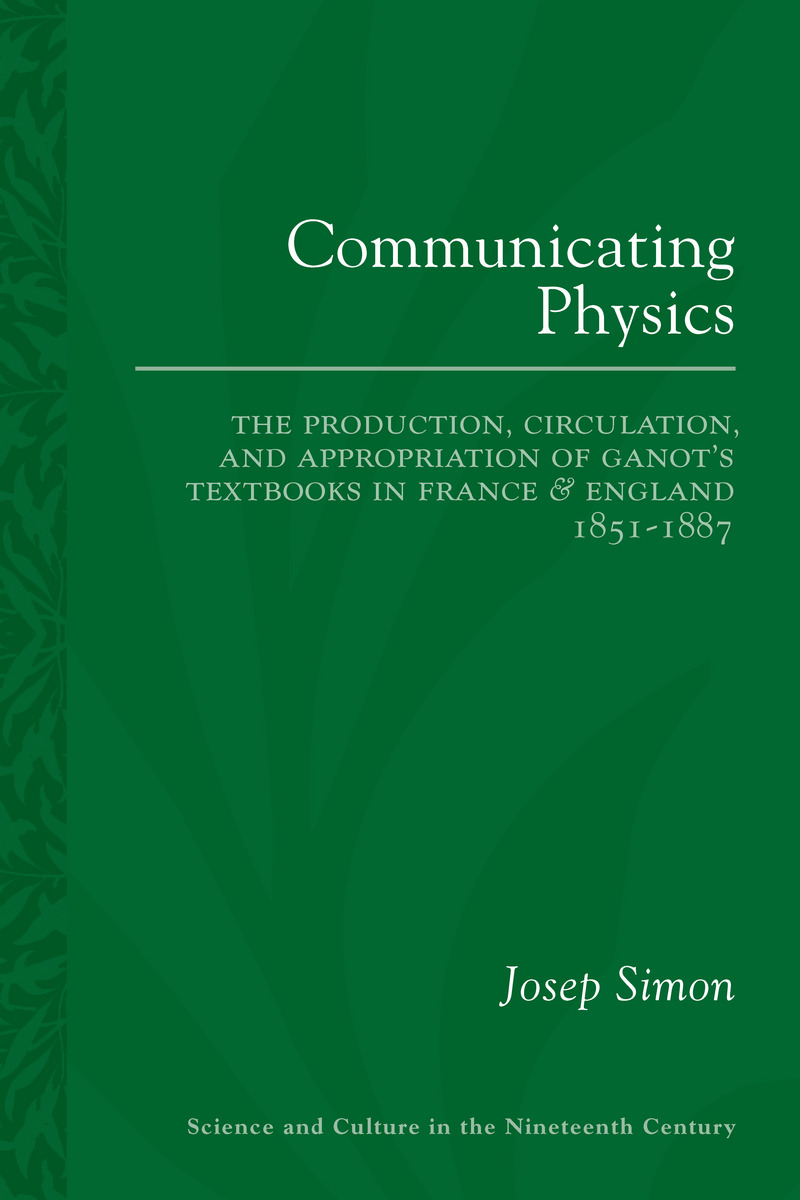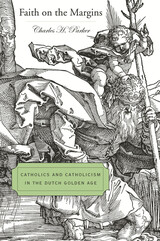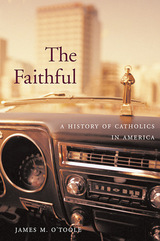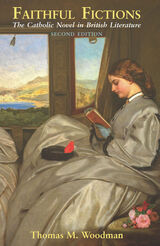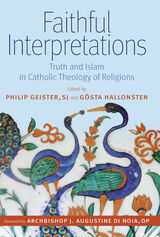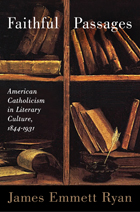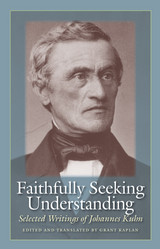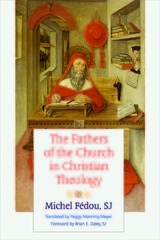Communicating Physics: The Production, Circulation, and Appropriation of Ganot's Textbooks in France and England, 1851–1887
University of Pittsburgh Press, 2011
Paper: 978-0-8229-6472-8 | eISBN: 978-0-8229-8168-8 | Cloth: 978-1-84893-130-5
See other books on: Appropriation | Circulation | History | Production | Science
See other titles from University of Pittsburgh Press
Paper: 978-0-8229-6472-8 | eISBN: 978-0-8229-8168-8 | Cloth: 978-1-84893-130-5
ABOUT THIS BOOK | AUTHOR BIOGRAPHY | REVIEWS | TOC | REQUEST ACCESSIBLE FILE
ABOUT THIS BOOK
WINNER OF THE MARC-AUGUSTE PICTET PRIZE, 2010
The textbooks written by Adolphe Ganot (1804–1887) played a major role in shaping the way physics was taught in the nineteenth century. Ganot's books were translated from their original French into more than ten languages, including English, allowing their adoption as standard works in Britain and spreading their influence as far as North America, Australia, India and Japan.
Simon's Franco-British case study looks at the role of Ganot's two textbooks: Traité élémentaire de physique expérimentale et appliquée (1851) and Cours de physique purement expérimentale (1859), and their translations into English by Edmund Atkinson. The study is novel for its international comparison of nineteenth-century physics, its acknowledgement of the role of book production on the impact of the titles and for its emphasis on the role of communication in the making of science.
The textbooks written by Adolphe Ganot (1804–1887) played a major role in shaping the way physics was taught in the nineteenth century. Ganot's books were translated from their original French into more than ten languages, including English, allowing their adoption as standard works in Britain and spreading their influence as far as North America, Australia, India and Japan.
Simon's Franco-British case study looks at the role of Ganot's two textbooks: Traité élémentaire de physique expérimentale et appliquée (1851) and Cours de physique purement expérimentale (1859), and their translations into English by Edmund Atkinson. The study is novel for its international comparison of nineteenth-century physics, its acknowledgement of the role of book production on the impact of the titles and for its emphasis on the role of communication in the making of science.
See other books on: Appropriation | Circulation | History | Production | Science
See other titles from University of Pittsburgh Press
